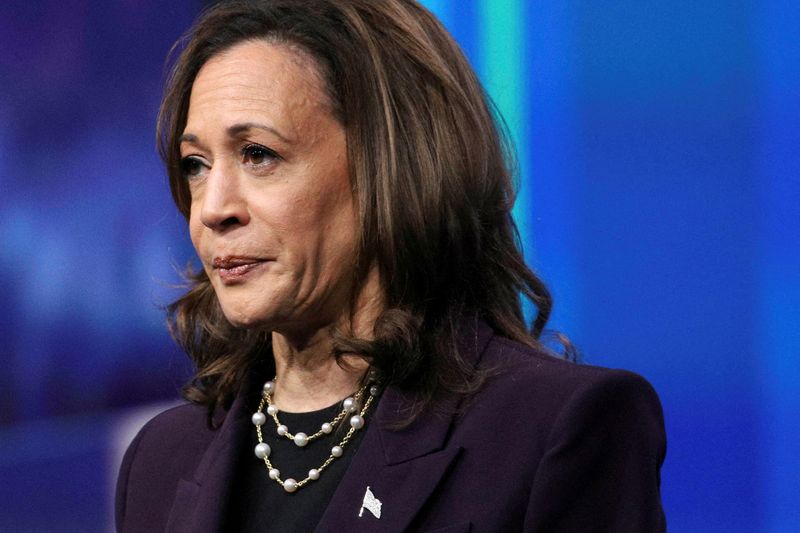As Kamala Harris potentially steps into the role of President of the United States, her administration’s approach to banking policy is expected to follow a trajectory that, while distinct, shares some similarities with the current Biden administration, said TD Cowen Washington Research Group in a note dated Monday.
However, her background, political affiliations, and expected regulatory appointments may lead to nuanced shifts that could significantly impact the banking sector.
Key banking policy expectations under Harris
Completion of Basel 3 Endgame and regulatory continuity: Harris’ administration is expected to complete key regulatory initiatives such as the Basel 3 Endgame, which entails a set of international banking regulations developed to strengthen regulation, supervision, and risk management within the banking sector.
Regulatory consistency: It is expected that Harris would maintain continuity with ongoing regulatory efforts, which means not derailing the Basel 3 Endgame or the introduction of long-term debt and liquidity rules for banks, particularly regional ones.
The completion of these initiatives would likely continue under her administration, ensuring stability and predictability in banking regulations.
Capital and liquidity requirements:
Impact on capital levels: Even though Harris is seen as more pragmatic than Biden, it is anticipated that capital requirements for the largest banks could still increase by 3% to 5%.
This would represent a more moderate increase compared to what might occur under a Biden administration but would be a significant continuation of the efforts to fortify the financial system.
Long-Term debt requirements for regional banks: Harris’s administration is expected to enforce long-term, unsecured debt requirements for regional banks, mandating that they hold between 5% and 5.5% of their risk-weighted assets in such debt.
This is in line with efforts to ensure that these institutions have sufficient buffers in case of financial instability.
Regulatory appointments and political influence:
Pragmatic Approach: Unlike Biden, who was influenced significantly by progressive voices, Harris is anticipated to adopt a more centrist stance. Her likely focus would be on appointing regulators who prioritize economic growth over aggressive reform.
This could translate into a regulatory environment that is less stringent than under Biden but still cautious compared to a potential Trump administration.
Moderate constituency: Harris’s potential victory would hinge on the support of moderates, differentiating her from Biden, who had strong progressive backing.
This could result in a banking policy that is more business-friendly, especially concerning regulations that impact smaller and regional banks.
Bank Mergers and Acquisitions (M&A):
Improved environment for M&A: Under Harris, the environment for bank mergers and acquisitions is likely to become more favorable. Since M&A might not be a primary focus for her administration, market forces could drive more deals forward, although this might be limited for the largest banks due to regulatory scrutiny and the potential for increased systemic risk.
Historical context and progressive influence: California Attorney General Tenure: Harris’s aggressive stance against banks during her tenure as California Attorney General, especially in the wake of the financial crisis, has been noted.
However, it is argued that this experience may not heavily influence her presidential policy, given the significant time lapse and different political context. This history, while important, is unlikely to define her approach to national banking policy.
Read the full article here


